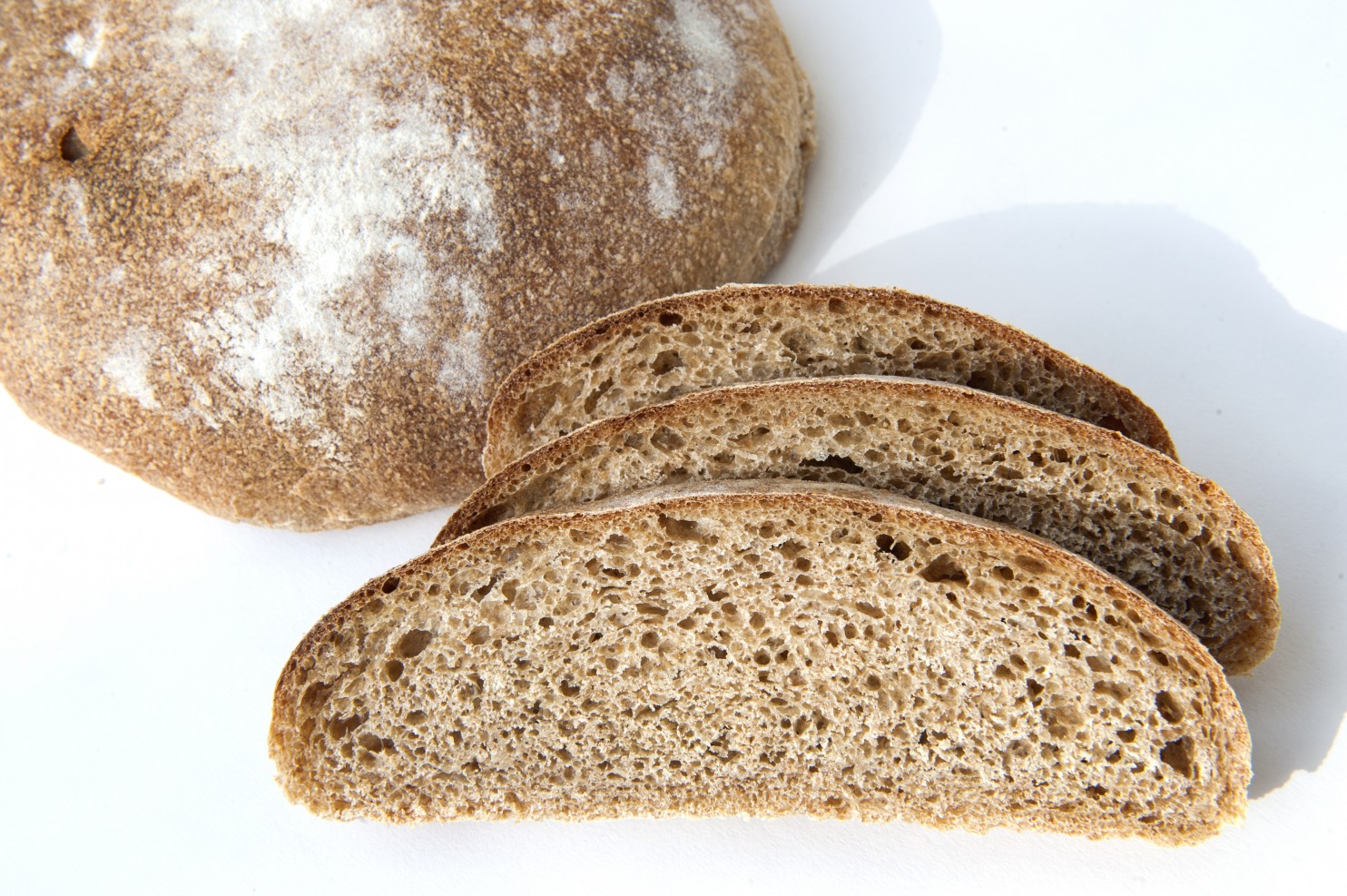Do we know the environmental footprint of a loaf of bread?
When it comes to climate change, the first thing that comes to mind is the greenhouse gas emissions from industries. We also think of the gas emission from cars and the energy we use in our homes.
Of course, they are some of the biggest contributors to greenhouse gas emissions. But what about the bread we ate for breakfast?
A new study published on Monday 27th of February 2017 in ‘Nature Plants’ breaks down the environmental cost of producing a loaf of bread, from wheat field to bakery.
It finds that the bulk of the associated greenhouse gas emissions come from just one of the many steps that go into making that loaf: which is farming.
Farming as many energy intensive stages which involves emissions. For example, the machinery involved with tilling the soil, harvesting, or the electricity required to operate the mill, and bakery. But the biggest factor is the use of fertiliser to grow wheat, which accounts for 43% of greenhouse gas emissions.
The fertilizers also cause a lot of water pollution when they run off into streams and rivers.
‘What can society do about this issue?’
Farmers typically use more fertilizers than they need to, and not all nitrogen in the fertilizers is used up by plants. Some of the nitrogen goes back into the atmosphere as nitrous oxide, a potent greenhouse gas.
We can go back to the farmer and say, ‘Can you use less fertilizer, or use organic fertilizer?’ That could become a productive way to make sure that the food we eat has a smaller climate impact.
Also, there are known ways to reduce the use of nitrogen fertilizers, like applying fertilizers only at certain times of the growing season, when plants need them the most.
According to lead researcher Dr Liam Goucher, in every loaf there is embodied global warming resulting from the fertiliser farmers use to increase their wheat harvest.
People are aware of where bread comes from but there is lack of understanding about the environmental impact of that bread or the emissions contained by that bread.

